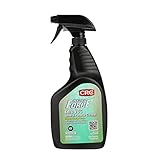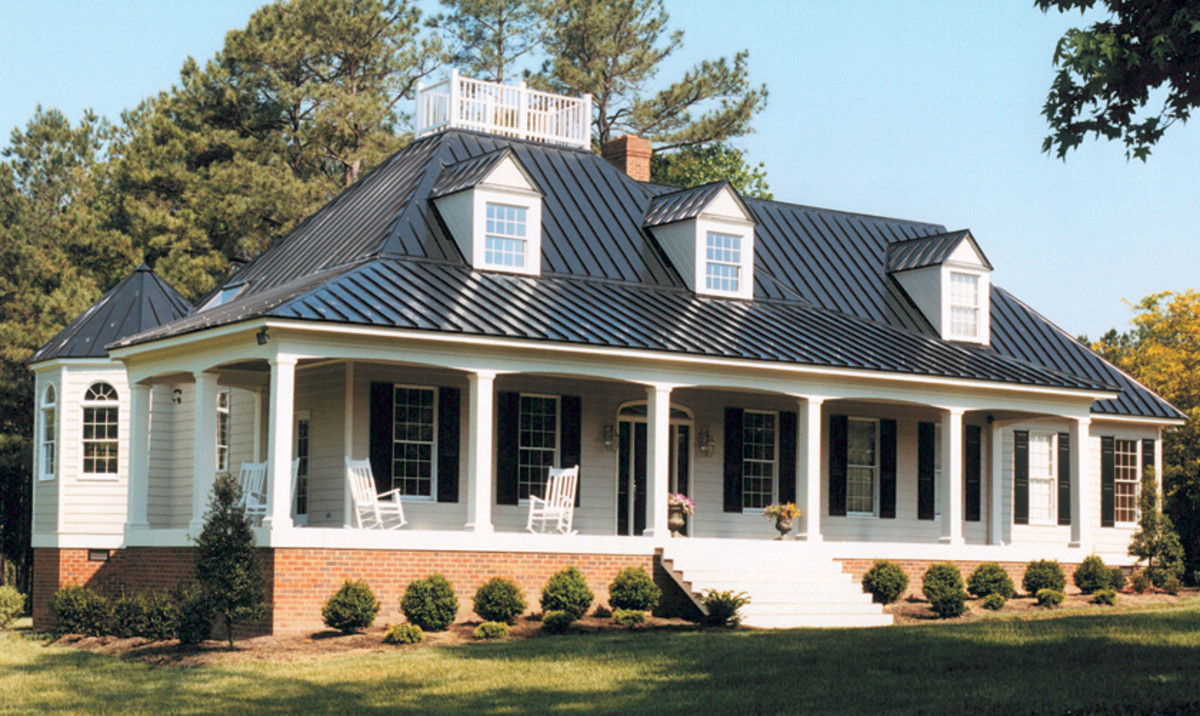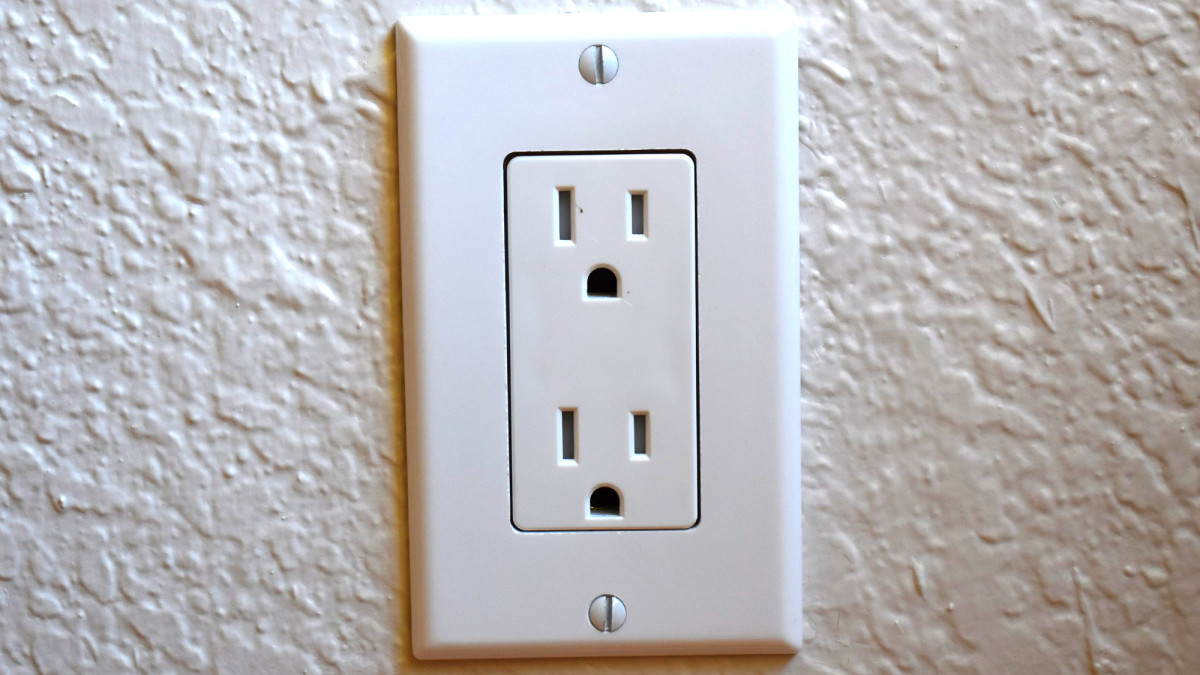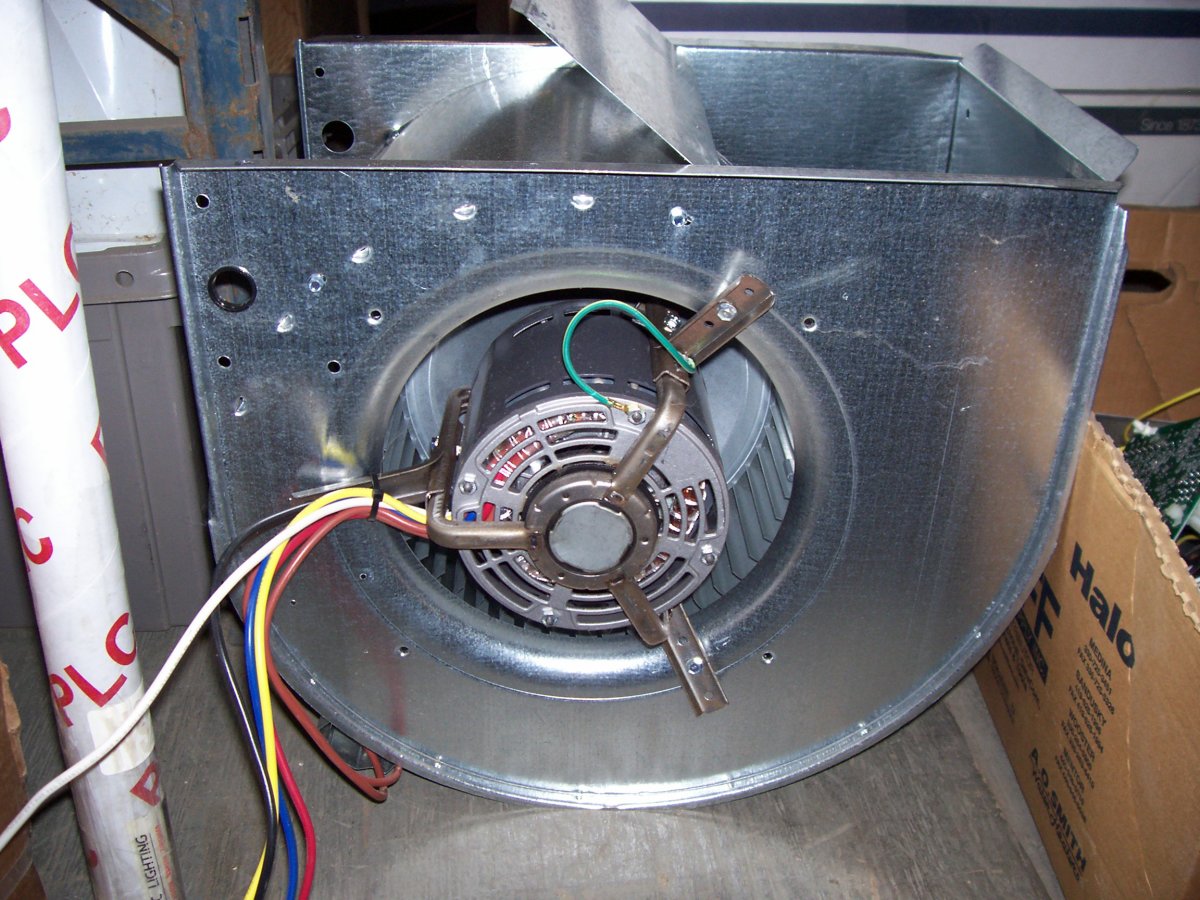VOCs in the Home
The Age of Oil
For many years we have been in love with oil. It powers our cars, it gives us electricity, it warms our houses, it lets us take foreign holidays, and it provides us with plastics and forms the basis of thousands of solvents used in a vast array of home, garden and office products. Oil (until recently) has mostly been cheap and plentiful. Oil has also been the basis of fertilizers and pesticides and has allowed food production to keep up with expanding populations. Oil has allowed us to build rockets to go to the moon. Maybe 200 years from now people will refer to this period in history as ‘The Age of Oil’. It is my belief that they will sadly shake their heads when they make such a reference.
Buy Now and Save
Construction Adhesive
Why Volatile Organic Compounds?
For decades manufacturers and governments have been complicit in
downplaying the dangers of this oil reliance. Governments mask foreign
policy initiatives to secure oil supplies as extending a helping hand to
fledgling democracies. Corporations likewise conveniently ignore the
pollution oil products cause. A good case in point is the lead that was
used in car petrol or gasoline for years to stop engine knocking. They
knew damn well it was wreaking havoc with human and environmental health
and choose to ignore the problem because solving the problem would
detrimentally affect their bottom lines.
Water is contaminated by petrol and petroleum products, soil is
polluted, human health is risked and wild life suffers. In dramatic
cases such as oil spills and oil fires the amount of environmental
damage done is virtually immeasurable.
One of the lesser known evil off-sprouts of the petroleum empire that
has the planet at its mercy is VOCs or Volatile Organic Compounds. These
are long chain molecules such as formaldehyde, benzene, toluene,
methylene chloride, carbon tetrachloride, xylene and acetone that are
made from petroleum derivatives and that have low boiling points. As a
result they evaporate or off-gas easily and pollute the air.
The reason these and other VOCs are so ubiquitous in household products
is that they make good solvents and are cheap to produce.
Click Here to Browse the entire Naturescape Zero VOC paint range on Amazon
List of Products Containing VOCs
Take a look at this list of common household items that contain VOCs:
gasoline, kerosene, fuel oil, paint thinner, oil-based stains, paint,
insect/pest killers, mineral spirits, furniture polish, nail polish,
nail polish remover, colognes, perfumes, rubbing alcohol, hair spray,
dry cleaned clothes, spot removers, leather cleaners, paint stripper and
glue removers, degreasers, brake cleaner, carburetor cleaner,
electronics cleaners, spray lubricants, moth balls, deodorizers, air
fresheners, aerosol sprays for paints, cosmetics, leather treatments,
pesticides, upholstered furniture, plywood, pressed wood products,
carpets, copier ink and marker pens.
It cannot be stressed enough – this not an exhaustive list. It merely
highlights the prevalence of VOCs in our home and working life. Did you
imagine that your perfume or dry cleaned clothes were making you sick?
Many, but not all, VOCs have strong often sweet smells. If you smell a
strong odor from a product then read the label and check online for the
possible health implications for those chemicals.
Safe Foam Board Adhesive
List of VOCs to Watch Out For
Chemicals to look out for are:
benzene, toluene, ethyl benzene, xylene, hexane, cyclohexane,
1,2,4-trimethylbenzene, acetone, ethyl alcohol, isopropyl alcohol,
methacrylates, ethyl acetate, tetrachloroethene, perchloroethene (PERC),
trichloroethene (TCE), methylene chloride, toluene, carbon
tetrachloride, d-limonene, isoprene, xylenes, methyl ethyl ketone,
1,1,1-trichloroethane, 1,4-dichlorobenzene, naphthalene, heptane, butane
and pentane.
Again this list is not exhaustive. The health risks vary from chemical
to chemical. One thing is certain none of them are good for us and they
find it easy to get up our noses and into our blood stream.
Conclusion
Just as there was a big stink about ‘E Numbers’ in food in the Eighties I
expect there to be a big stink about VOCs in the next decade. Consumer
groups, medical authorities and eventually goaded governments are going
to come clean about the dangers of VOCs.
Until that time it is up to the individual to protect him or herself and children from the health risks of VOCs.
Alternatives to VOCs often use water based solvents and state of the art
bio-mimicry components to do away with VOCs. The technology is there to
make our homes, offices and public places free of VOCs. What is needed
is the political impetus to bring about change - a change for healthier
air and safe products.
Afternotes
As an after note, I might be totally wrong but I suspect that the frightening increase in the amount of people with allergies in the developed world could be partly caused by exposure to VOCs. In Africa and other developing areas where people have few consumer products containing VOCs there are few people suffering from allergies.
And one final after thought: we need to educate our children in the principles of green interior design so maybe they won't stand for the poor quality and health damaging products that older generations seemed to have accepted.
Credit and Resources
The lists of VOCs and products that contain such VOCs has been adapted from the New York State Department of Health website.
For an analysis of the VOCs and the health risks of 1000s of household products in America go to the National Institute of Health online database.
Green Hubs
- Notes on Sustainable Design
If you imagine a sustainable forest you will understand the notion of sustainability better. In a forest that is sustainably managed trees are selectively cut down at a rate that does not negatively impact on the health or area of the forest. - Green Cleaning: alternatives to normal detergents
Back in the 1940s people used soap to do their laundry until supplies ran short because of the war. To make up for this deficiency scientists took something that was abundant, namely petroleum and made detergents. - Are Feed-in Tariffs A Good Idea?
Since April 1st, 2010 people living in the UK are entitled to take advantage of a scheme that makes installing solar panels on your house or a wind turbine on your property much more affordable. - Water Supply Crisis
The demand for water doubles every 20 years. At this rate, demand for fresh water will outpace supply by 50% in less than 20 years. - The Importance of Re-Purposing
The term re-purposing has recently entered the popular lexicon along with the term upcycle. Both these two words connote important new ideas about recycling. - Act Now To Stop Another Oil Spill Disaster
Watching the scenes of the devastating oil spill in the Gulf of Mexico has surely made many people realize the risks and hazards the world faces in maintaining its present addiction to oil consumption. - Green Gift Ideas
Environmentally Friendly Gift Ideas for under $40 - Eimann Fabrik VOC Free Engine Degreaser
Eimann Fabrik VOC Free Engine Degreaser uses a state of the art non-ionic surfactant that means no VOCs are present. - Planned Obsolescence
For many years big business corporations have tried unsuccessfully to keep secret a policy they have to build in a lifespan into their products. - Why Do So Many People Have Allergies
When I was a child I remember very few people had allergies or asthma. Now it seems everyone around me has either an allergy or asthma. - What is Green Interior Design
Green interior design is about what is good and what is bad for peoples health, for the environment and for saving energy. Of course fashion is a big part of green interior design BUT it is not the most important thing.












